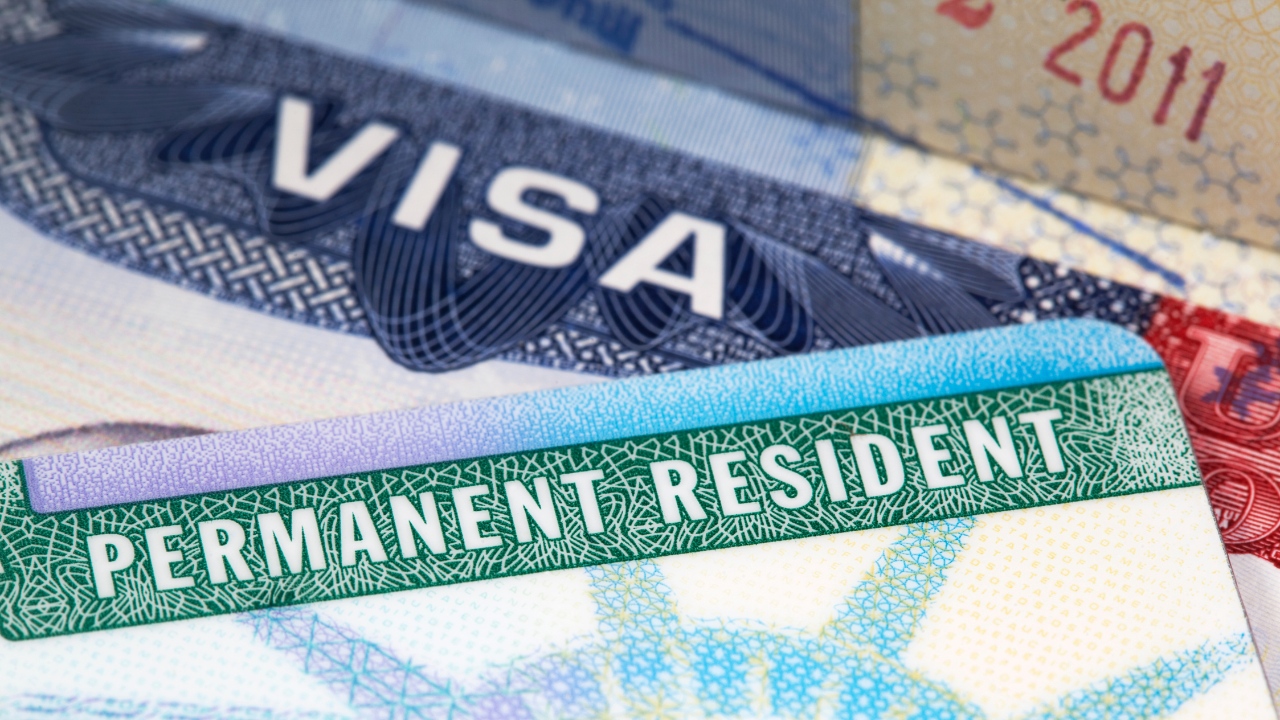
Understanding Visa Retrogression
Navigating the complex world of U.S. immigration can be a daunting task. One of the most perplexing aspects is visa retrogression.
Visa retrogression occurs when demand outpaces the available number of visas for the immigration category or country. The U.S. Department of State then creates a waiting list for visas. International nurses who want to practice in America can become frustrated with the delay.
Yet many aspects of the process can still move forward, and nurses can be proactive in order to transition to the United States at the earliest possible time. Here, the recruitment experts at AMN Healthcare International explain why visa retrogression happens, who it affects and how to deal with it.
What is visa retrogression?
Retrogression refers to a type of waiting list for health professionals applying for a Green Card. The U.S. Congress places limits on the number of visas that can be granted annually. Once the U.S. Citizenship and Immigration Services has issued those visas, applicants are put in retrogression, in which visa availability dates move backward rather than forward.
The U.S. Department of State issues a monthly bulletin, summarizing visa-eligibility cutoff dates. People planning to come to the United States can check the Visa Bulletin to learn when their visa can become active.
Why does visa retrogression occur?
The U.S. Congress determines how many visas can be issued annually, by category and country of birth The Immigration and Nationality Act sets the annual, worldwide level of employment-based immigrants at 140,000, plus “the difference (if any) between the maximum number of visas which may be issued under section 1153(a) of this title (relating to family-sponsored immigrants) during the previous fiscal year and the number of visas issued under that section during that year.”
Annual visas for any individual country cannot exceed seven percent of the total employment-based preferences and family-sponsored limits. Once that cap has been met, applications will be placed in retrogression.
Certain high-demand visa categories can increase the likelihood of retrogression.
Who does visa retrogression affect?
Visa retrogression affects people seeking to work and live in the United States with a Green Card, including professional and skilled workers and dependents of someone who is already a lawful permanent resident.
The impact of visa retrogression
International nurses seeking employment in the United States may experience frustration with the visa retrogression process. It can delay their plans to move the the United States and start working as a registered nurse.
Or the nurse might become eligible but not family members, leading to possible separation and the emotional toll that can take on families.
How nurses can proceed during a visa retrogression
Retrogression can delay nurses’ immigration plans. But landing on the waiting list remains part of the current immigration process.
There are things nurses can do while waiting. They can take the English proficiency exam, the NCLEX and the VisaScreen, a visa credentialing assessment service. Nurses can continue to improve their English language and medical terminology skills. They can work with the professionals at AMN Healthcare International. Doing these things will help the nurse feel motivated to get to the next step.
The staffing experts at AMN Healthcare International encourage new candidates to apply and complete the initial stages of the visa process, even if there is a current pause in the later stages.
Ready to start your journey to the U.S?
If you’ve been dreaming about nursing jobs in the United States, the O’Grady Peyton International team is ready to make your dream a reality. We can connect you with your ideal assignment, prepare you for success, and help you overcome any challenges you may encounter.
Learn more about how we assist with immigration, licensure and relocation and apply today to start your international nursing journey.
